On the morning of April 26, 1975, enemy soldiers guarding the outer perimeter of Nuoc Trong base searched the surrounding areas and clashed with reconnaissance troops of Division 304. At 7:30 a.m., the enemy sent two planes to attack the formation of Regiment 9, Division 304. On April 26, the enemy used artillery to continuously attack the northwest area of Nuoc Trong and Long Thanh. Before the G-hour of the campaign, the enemy sent the air force to fiercely attack the battlefield area of Army Corps 2.
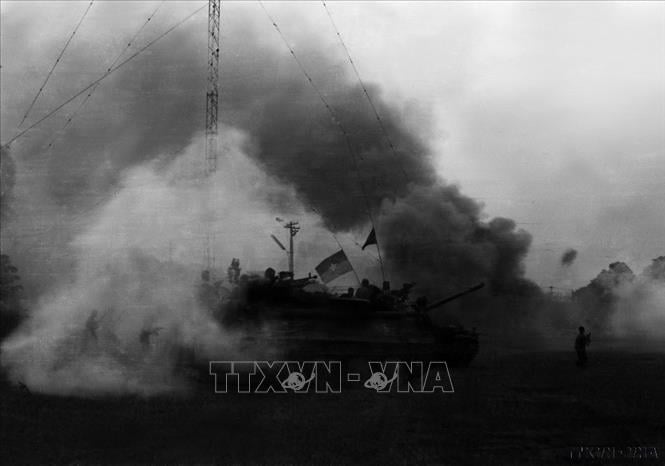
At 5:00 p.m. on April 26, the Ho Chi Minh Campaign began. Artillery from the 2nd Corps, 4th Corps, and Military Region 7 simultaneously opened fire, pouring firestorms on Trang Bom, Ho Nai, Bien Hoa, Nuoc Trong, Long Thanh, Duc Thanh, Ba Ria...
The eastern direction was taken by the 2nd Corps: The 304th Division, 9th Regiment attacked the Armored School; the 24th Regiment attacked the Infantry School at Nuoc Trong base. At 18:45, the 9th Regiment captured the Armored School, the enemy retreated to the area of the Infantry School and the Commando School, and at the same time, more forces were sent from Bien Hoa to organize a counterattack.
At 5:35 p.m., Regiment 101 (Division 325) attacked Long Thanh district, Regiment 46 penetrated deep behind the enemy to capture Phuoc Thieng intersection, Regiment 18 surrounded the enemy in Binh Son and acted as a reserve for the Division.
At 8:00 p.m. on April 26, Regiment 12 (Division 3, Military Region 5) captured Duc Thanh, Dat Do, Long Dien, and then, together with local forces, eliminated a series of coastal positions.
The southeast direction was taken by the 4th Corps: The 270th and 273rd Regiments (341st Division) attacked the Trang Bom base, while the 266th Regiment attacked the enemy's defense area from Hung Nghia - Bau Ca hamlet, destroying the remaining forces of the 18th Division and the 5th Armored Regiment. On the same day, the 6th Division deployed south of Highway 4 to attack Ho Nai. The 52nd Brigade was in reserve at the Dau Giay intersection.
The coastal forces in the two directions of the east and southeast simultaneously organized attacks to capture the bridges: Ghenh, Rach Chiec, Rach Cat. The enemy counterattacked and recaptured them, we prepared to continue the attack. The 116th Special Forces Group captured the Dong Nai Highway Bridge, defeated the enemy counterattacking forces, and held the bridge.
To the north, by April 26, units of the 1st Corps had taken up positions ready to launch an attack. A part of the 312th Division approached the bases of Chanh Luu, Phuoc Vinh, and Phuoc Hoa, attracting the enemy's attention, forcing them to send Regiment 8, Division 5 to block Route 14. Regiment 141, Division 312 captured the bases of Binh Co and Binh My, practicing opening Route 16. On the night of April 26, the 1st Corps Command moved from Rach Be to Van Huong to directly command the directions of attack.
To the west and southwest, on April 26, Division 232 and the main force of Zone 8 deployed and completed preparations. Division 8 quickly advanced to cut Highway 4 from Long Dinh to Tan Hiep. Division 5 approached Highway 4 from Ben Luc to Tra Cao, crossed the river from Ninh - Loc Giang. Infantry Regiment 16 attacked An Lac - Binh Dien. Local army battalion
My Tho coordinated with the district armed forces to occupy the section from Long Dinh to Bung Mon. The 263rd Special Forces Battalion, the 291st Engineer Battalion and Cai Be district guerrillas occupied the section from Hoa Khanh to the north of My Thuan. At 8:00 p.m. on April 26, the 3rd Division occupied Duc Thanh.
On the same day, April 26, the Military Commission and the Regional Command sent a letter of encouragement to all officers and soldiers: "The historic strategic battle for the final victory of the nation has begun. All units of the armed forces of liberation have the responsibility to devote all their strength to attack and liberate their homeland and base areas, and at the same time have the responsibility to closely coordinate to create conditions for the Saigon - Gia Dinh front to achieve complete victory"...
On April 26, the Party Committee of the Zone and the Military Region 9 sent letters calling for and launching a strong offensive movement throughout all districts and communes with the spirit of a general offensive and uprising to liberate their own districts and communes. The Military Region ordered the forces of the provinces to approach the outskirts of the towns so that on the night of April 29 and the early morning of April 30, they could simultaneously launch a decisive attack according to the approved plan.
After more than 3 days and nights of fierce fighting, our army captured many bases and positions, smashed the enemy's outer defense line, and destroyed and disintegrated most of the enemy's 5th, 25th, 22nd, 18th, and 7th divisions. At this time, the whole country turned toward Saigon-Gia Dinh. The entire force to attack Saigon was ready. The officers and soldiers were seething with determination to win. On their hats, on their sleeves, on their gun stocks, on their cannon barrels, and on the sides of their vehicles, were inscribed the words of beloved Uncle Ho: "Forward! Total victory will surely be ours."
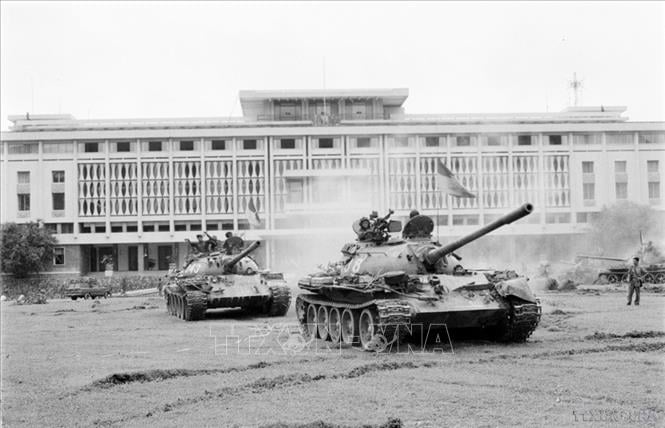
Early in the morning of April 30, 1975, our army rushed into Saigon from all directions. Our army quickly captured the enemy's Air Force Command and Airborne Division Command, controlling Tan Son Nhat Airport. At 10:45 a.m. the same day, we attacked the Independence Palace, captured the entire Saigon government, and forced President Duong Van Minh to declare unconditional surrender. At 11:30 a.m., the revolutionary flag flew on the roof of the Saigon Presidential Palace - Independence Palace. The historic Ho Chi Minh Campaign was a complete victory!
From the capital Hanoi to remote villages and islands, cheers of joy resounded. The whole nation sang the triumphant song “As if Uncle Ho were here on the day of great victory”, successfully ending the resistance war against the US, saving the country, completely liberating the South, and reunifying the country.
VNA/baotintuc
Source: https://baohanam.com.vn/chinh-tri/ngay-26-4-1975-mo-man-chien-dich-ho-chi-minh-lich-su-158365.html


![[Photo] Coming to Son La, let's "show off" with the Wallflowers](https://vphoto.vietnam.vn/thumb/1200x675/vietnam/resource/IMAGE/2025/5/21/627a654c41fc4e1a95f3e1c353d0426d)
![[Photo] Prime Minister Pham Minh Chinh receives the President of Asia-Pacific region of PowerChina Group](https://vphoto.vietnam.vn/thumb/1200x675/vietnam/resource/IMAGE/2025/5/21/0f4f3c2f997b4fdaa44b60aaac103d91)
![[Photo] Scientific workshop "Building a socialist model associated with socialist people in Hai Phong city in the period of 2025-2030 and the following years"](https://vphoto.vietnam.vn/thumb/1200x675/vietnam/resource/IMAGE/2025/5/21/5098e06c813243b1bf5670f9dc20ad0a)
![[Photo] Prime Minister Pham Minh Chinh receives Rabbi Yoav Ben Tzur, Israeli Minister of Labor](https://vphoto.vietnam.vn/thumb/1200x675/vietnam/resource/IMAGE/2025/5/21/511bf6664512413ca5a275cbf3fb2f65)



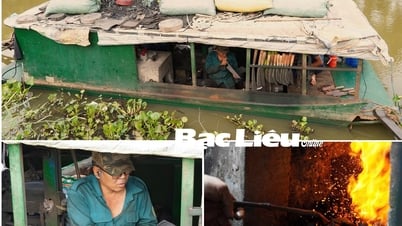
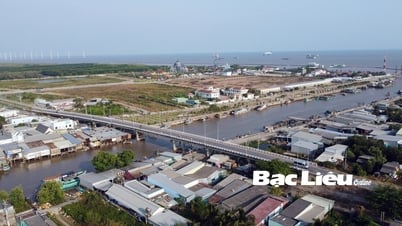
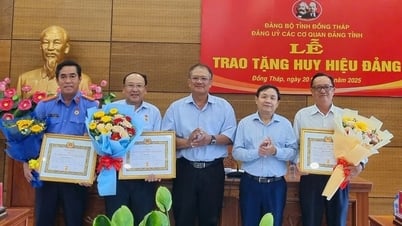
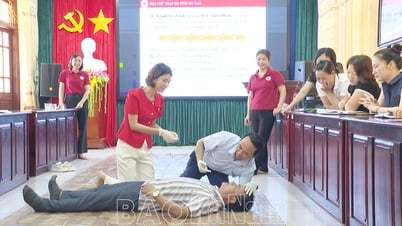

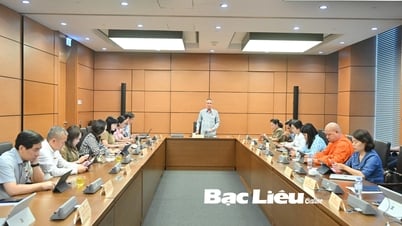




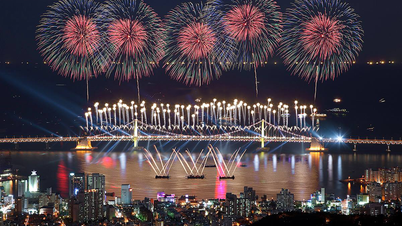
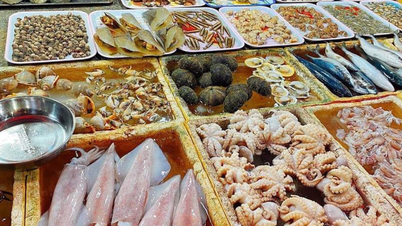












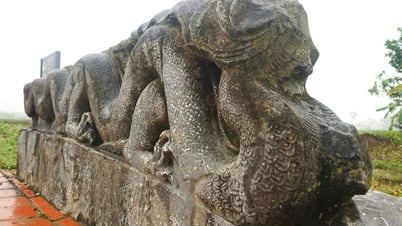

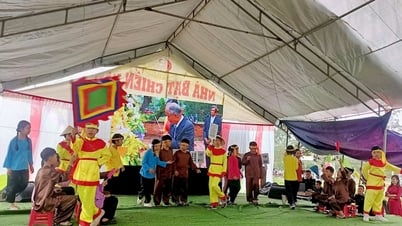





















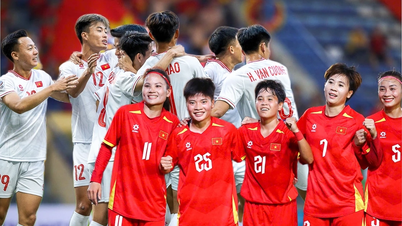

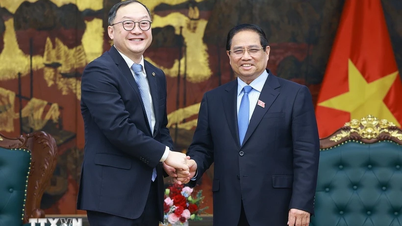



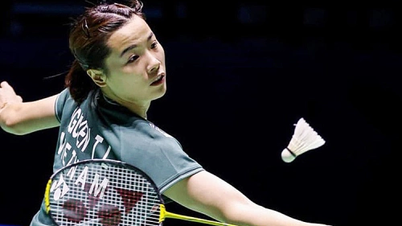


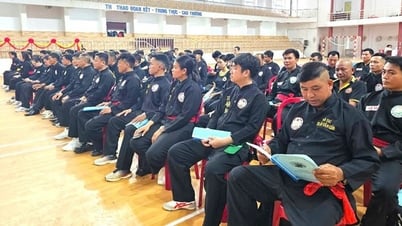



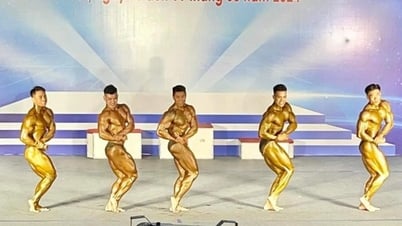
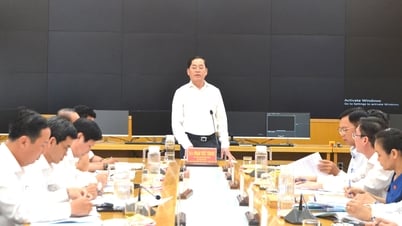

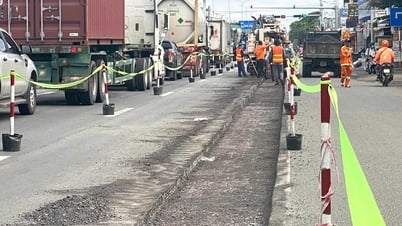
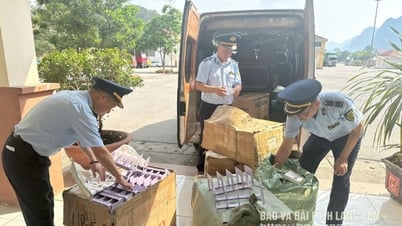












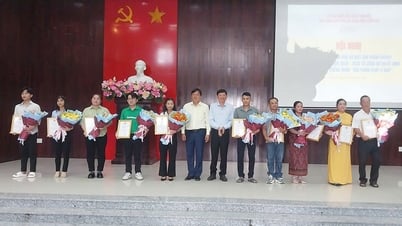

Comment (0)